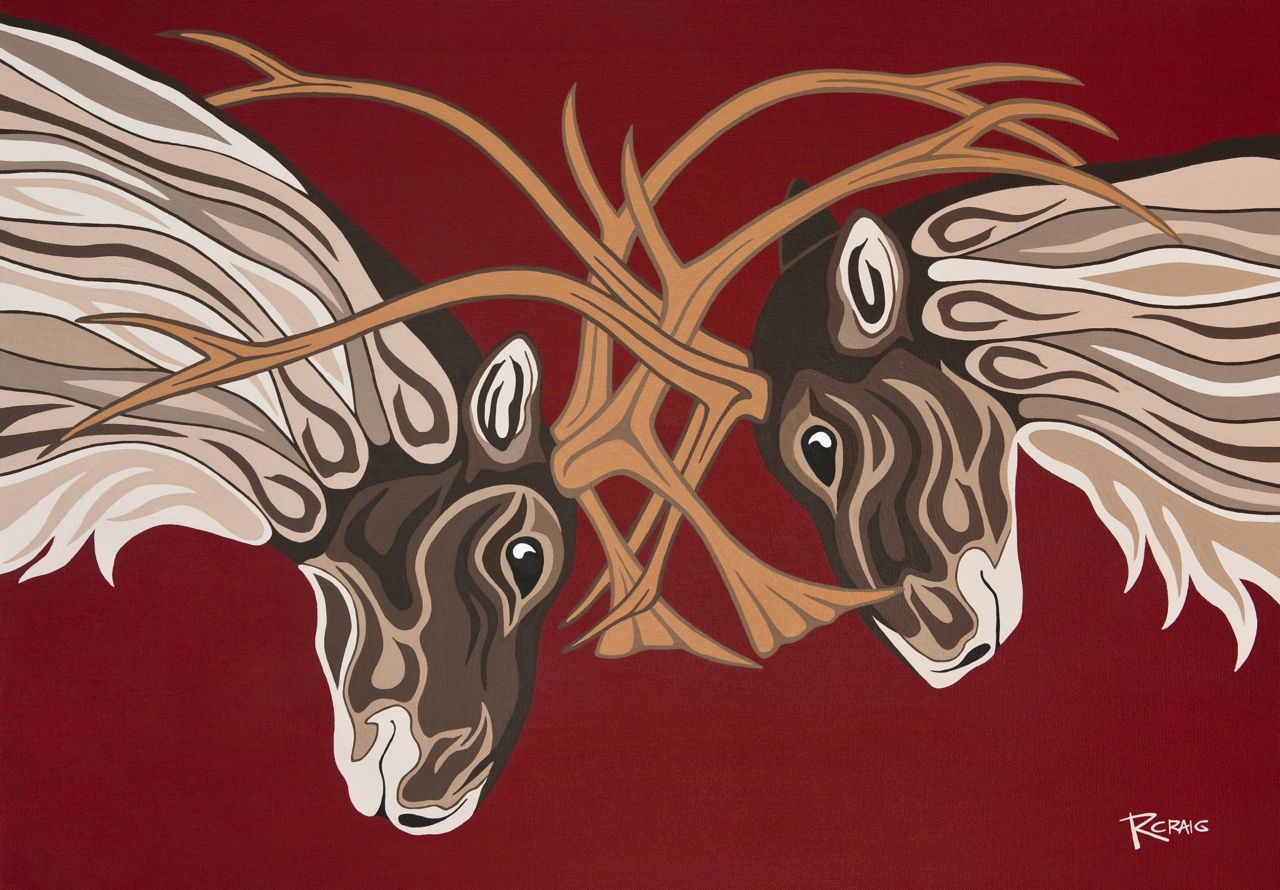Please take note: The Provincial Parks coin program will be coming to a close at the end of 2019. It was a great program but it has run its course, and it is time to look at something new. Passports will be accepted until the end of the year, If there is an issue with a cache please communicate by sending a message on the cache page. The address has changed to send in the passports, please use this address:
Nova Scotia Dept. of Lands and Forestry
15 Arlington Place, Suite 7
Truro, Nova Scotia
B2N 0G9
Located along the Northumberland Strait, northwest of the town of Pictou, is a community know as Caribou. Woodland Caribou lived in this region of Nova Scotia until European settlers hunted the herds to extinction in the 19th century. Nearby locations using the name include Caribou Harbour, Caribou Island, Caribou Marsh, Central Caribou and Caribou River. Those place names speak volumes of the population of Caribou that used to roam there. The Mi’kmaq people have hunted and fished the woods and waters of these shores long before the European explorers visited the area. Everyone knows what a Caribou is, it’s that animal that we see on the 25 cent piece, or the animal that pulls Santa’s Sleigh! Caribou originated in the Mi’kmaq language as Qualipu , pronounced “Kull-ee-boo” which means “shoveller” and comes from the Mi’kmaw word Qualipi, meaning “to shovel snow” Caribou shovel snow to get to the grasses and they shovel the lichens and mosses off the trees and stones to feed. The Caribou was one animal the Mi’kmaw made great use of. The hide was used for shelter and clothing, the meat was eaten, the organs used to tan hides, the dried internals and tendons to tie things together and the antlers and bones for tools like hooks and needles. The bladder of two Caribou was used to make water proof foot wear. True to Mi’kmaw protocol the animals are honored by performing a dance called “the dance for your new shoes”.

This geocache is part of the 2011 NS Provincial Parks Geocaching challenge. To participate in the challenge, you will need to download the associated PASSPORT. At each geocache, there is a punch that you can mark the corresponding box on your passport. Collect all 5 and you can send in your passport to receive a free trackable geocoin.
The Series
The geocaches that are part of the passport program are:
The Passport
You can download the passport from NS Parks.